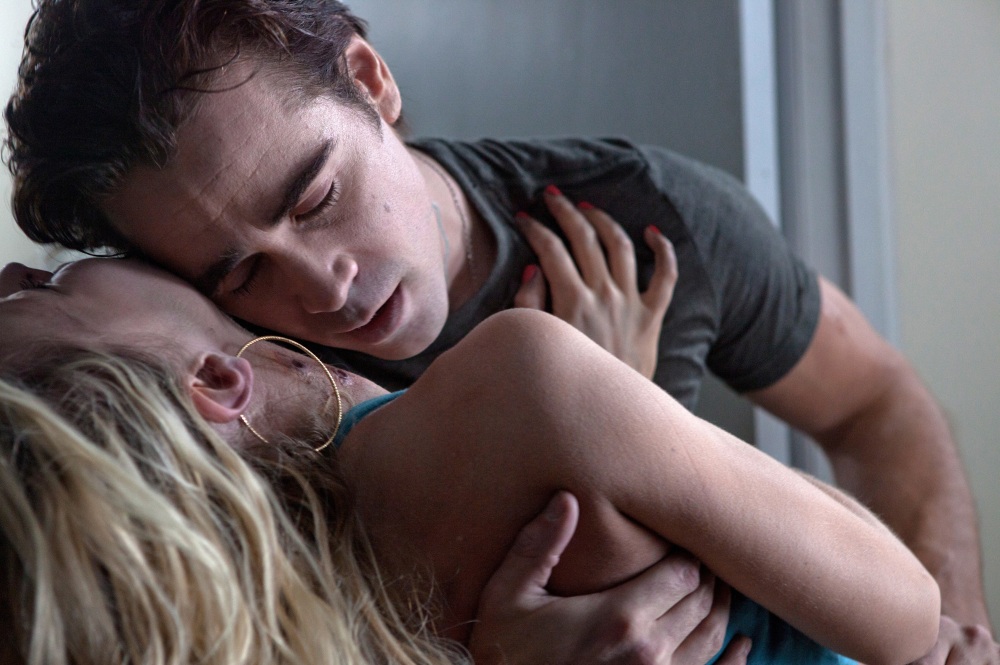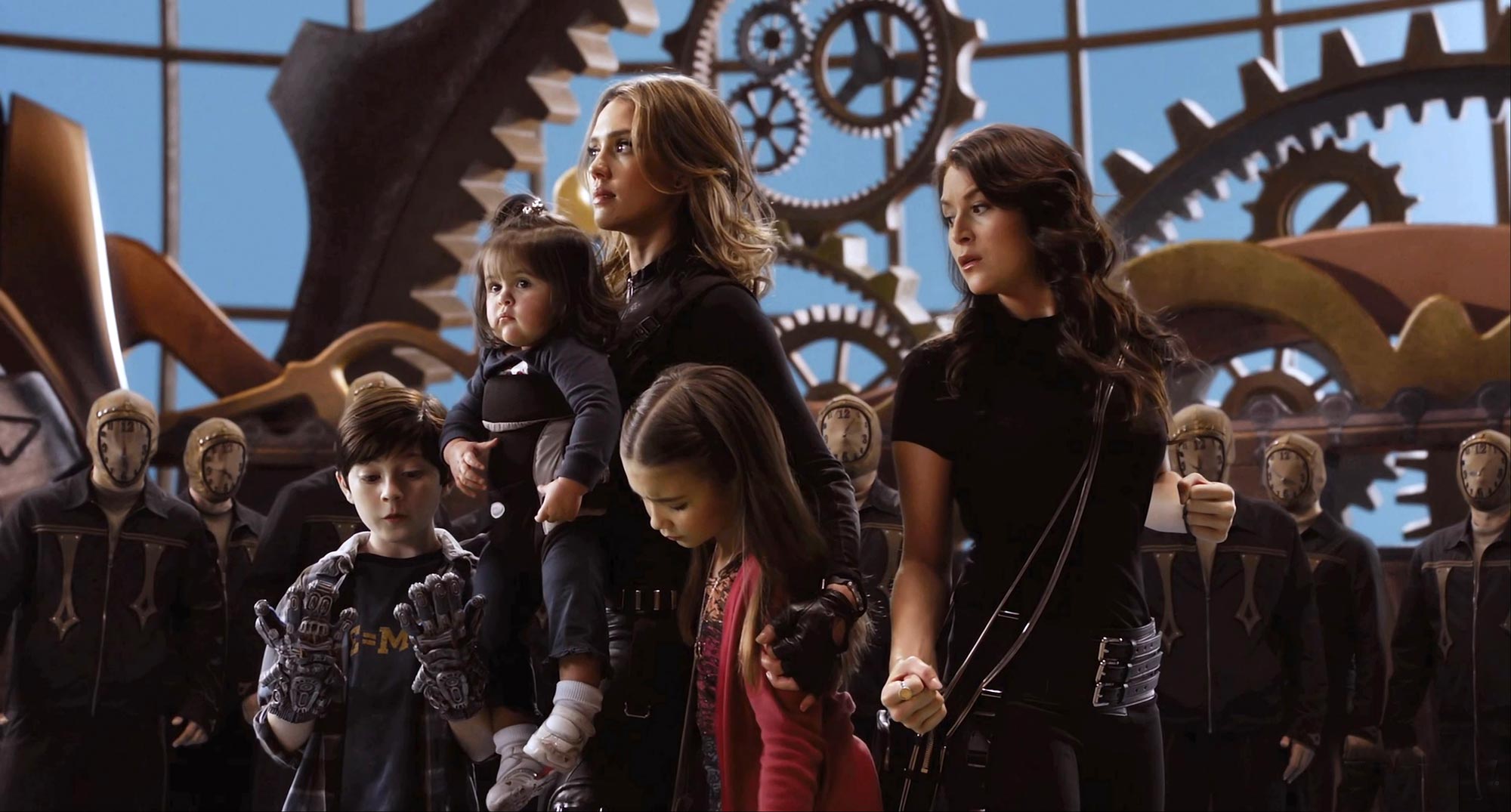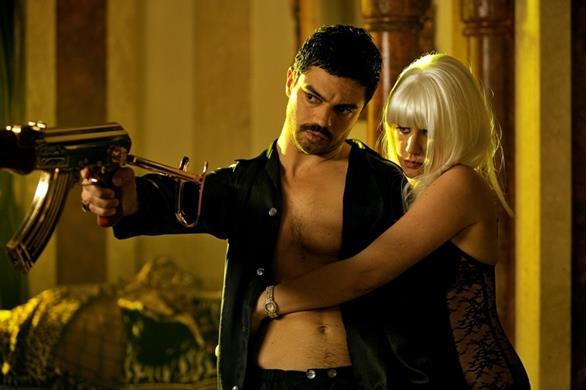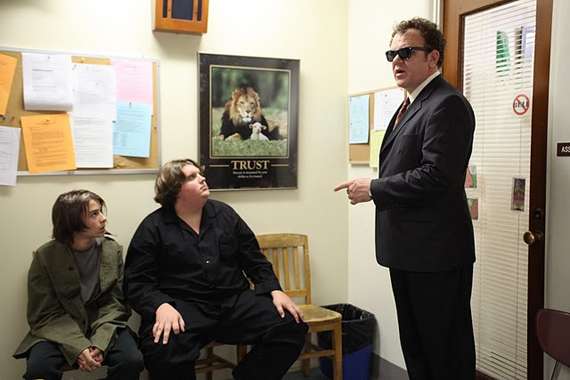 |
| Zoe Saldana, Colombiana, Tri Star Pictures, 2011. |
The American action film , like all Hollywood funded genres, has become so routinized in its particulars as to elicit a last gasp for the discerning buffs who crave brains with their brawn. The Shaw Brothers films of the 1970s and Studio actioners of the 80s-90s the likes of Schwarzenegger, Stallone and Willis all had a specific cultural context with which to enjoy their over the top ramifications. In the present polemic, the action film is a mish-mash of the cliche and the caustic which is hard to digest given the lack of creativity put into it.
French action auteur Luc Besson has made a career of delineating the divine within the genre (Leon:The Proffessional, The Fifth Element, The Messenger:The Story of Joan of Arc). Most recently, aside from the odd little flick (Arthur and the Invisibles, Angel A), he has concentrated on cornering the market in fast and furious extractions of the genre. His Transporter films were slick and entertaining slights, and in between he's had mixed to merry results with everything from the giddy pleasures of Unleashed to the dour distractions of Taken. Whatever your opinion, there is no denying that Besson is a maverick who spreads the B spirit, while maintaining a bizarre personal agenda for his own directorial efforts.
The new film Colombiana falls into the camp of the deliriously campy, guilty pleasure. As ADD as his enormously popular Transporter flicks, with the immensely likable Zoe Saldana and her strong, sexualized presence filling in for the rough hewn masculine rigor of Jason Statham, the picture has the washed out stylized look of a Tony Scott film and the unmistakeable flow of a Besson production.
Besson and his co-writer Robert Mark Kamen craft a ridiculously addicting tale of drug cartels and revenge, fueled by the spirited direction of Transporter 3 helmer Olivier Megaton, who just goes with it all. There's a certain undeniable affection one can form for a film which is what it is; a surreal slap in the face of plausibility, a caffeinated potboiler about to explode. We get swept up in the energy of the entire affair, and Besson and company deliver the goods.
The cast is game, headed by the lithe Saldana, supported by genre stalwart Michael Vartan and the indispensable Cliff Curtis. Romain Lacourbas' fevered camera recalls the underrated Scott, while Nathaniel Mechaly's score is a persistent pastiche. All elements come together both hideously and cogently.
What Besson, Megaton and Kamen have pulled off here is a shallow but smooth feminization of the action genre. Besson is no stranger to the task, having done a much better job himself on his brilliant La Femme Nikita in the 1980s. Recently, Joe Wright's Hanna masterfully manipulated the genre. What Colombiana is good at is making us swallow crap that is still crap, but well done crap.

















